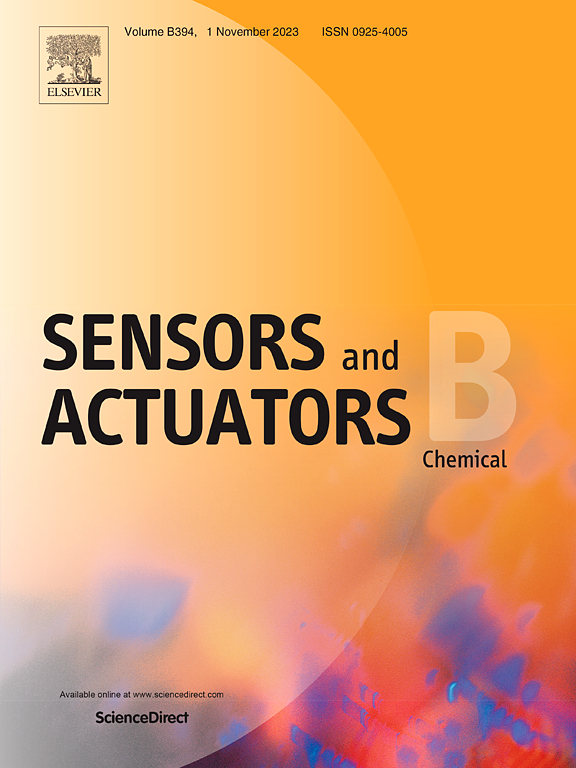Novel method for monitoring residual hexane in refined oils using semiconducting metal oxide-based gas sensors
IF 8
1区 化学
Q1 CHEMISTRY, ANALYTICAL
引用次数: 0
Abstract
A simple and rapid method for the determination of residual hexane content in refined oils has been developed. It is based on the direct analysis of oil headspace using SMOX-based gas sensors, providing a detection limit of 0.3 mg·kg−1 for residual hexane. The accuracy and precision of the proposed method have been proven for the working range of 0.5–33 mg·kg−1, using GC-MS as a reference method meeting the requirement of the European Union regulations. The robustness of the proposed method was confirmed by investigating possible variations in relative humidity under out-of-laboratory conditions. Moreover, it was possible to determine ageing equations for sensitivity correction during sensor usage, which reduce the need for sensor recalibration. The ageing equations of sensors and the determination of the relationship between the concentration of hexane injected in the oil and extracted in the headspace were determined using a computer-controlled gas mixing system. The oil matrix effect was found to be negligible for oils meeting the required quality parameters. The developed sensor-based method allows for monitoring residual hexane in edible oils, both during the oil extraction process and in the safety control of the final product. It provides an alternative to the currently used ones, such as gas chromatography and the flash point procedure, which are either complex or have sensitivity limitations.
求助全文
约1分钟内获得全文
求助全文
来源期刊

Sensors and Actuators B: Chemical
工程技术-电化学
CiteScore
14.60
自引率
11.90%
发文量
1776
审稿时长
3.2 months
期刊介绍:
Sensors & Actuators, B: Chemical is an international journal focused on the research and development of chemical transducers. It covers chemical sensors and biosensors, chemical actuators, and analytical microsystems. The journal is interdisciplinary, aiming to publish original works showcasing substantial advancements beyond the current state of the art in these fields, with practical applicability to solving meaningful analytical problems. Review articles are accepted by invitation from an Editor of the journal.
 求助内容:
求助内容: 应助结果提醒方式:
应助结果提醒方式:


